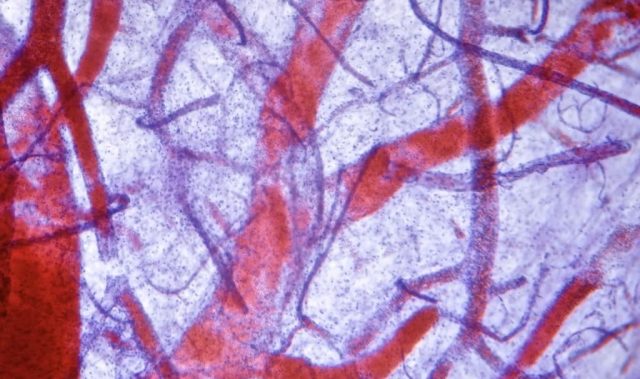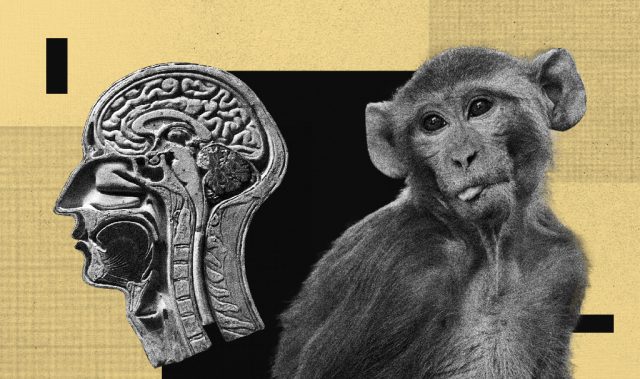
AsianScientist (July 20, 2017) – A report published in the Annals of Oncology has found that more than half of all cancer deaths in men in 2013 in China and more than a third of those in women could have been avoided.
Cancer is the leading cause of death in China, with 4.3 million new cancer cases and 2.8 million cancer deaths estimated to occur each year. That burden is expected to increase in the coming decades because of aging of the population as well as changes in lifestyle that increase cancer risk, such as excessive calorie intake and physical inactivity.
To investigate further, a multi-agency team of researchers led by Dr. Farhad Islami of the American Cancer Society estimated the number and proportion of cancer deaths and cases attributable to ever-smoking, second-hand smoking, alcohol drinking, low fruit/vegetable intake, excess body weight, physical inactivity and infections in China, using contemporary data from nationally representative surveys and cancer registries.
They found 717,910 (52 percent) cancer deaths in men and 283,130 (35 percent) in women in 2013 in China were attributable to the risk factors considered in the analysis. The corresponding numbers for cancer cases were 952,520 (47 percent) in men and 442,650 (28 percent) in women. Among both sexes combined, nearly one million (approximately 996,000) or almost half of all cancer deaths and 1,388,800—or 39 percent of all cancer cases in China in 2013—were attributable to the studied risk factors.
“Our analysis likely underestimates the number of cancers attributable to modifiable risk factors because we were not able to include all potentially modifiable risk factors, notably indoor air pollution from using coal for cooking and heating, which is a major risk factor for lung cancer in women in China,” said Islami.
By risk factor, the greatest attributable proportions of cancer deaths in men were for ever-smoking (26 percent), hepatitis B (HBV) infection (12 percent), and low fruit/vegetable intake (7 percent). In women, HBV infection (7 percent), low fruit/vegetable intake (6 percet), and second-hand smoke exposure (5 percent) were the largest contributors.
“Our findings reinforce the need for broad implementation of known interventions and the development of new strategies to reduce exposures to established (smoking and carcinogenic infections) and emerging (alcohol drinking, excess body weight, and physical inactivity) risk factors in the country,” the authors said.
The article can be found at: Islami et al. (2017) Cancer Deaths and Cases Attributable to Lifestyle Factors and Infections in China, 2013.
———
Source: American Cancer Society; Photo: Shutterstock.
Disclaimer: This article does not necessarily reflect the views of AsianScientist or its staff.












